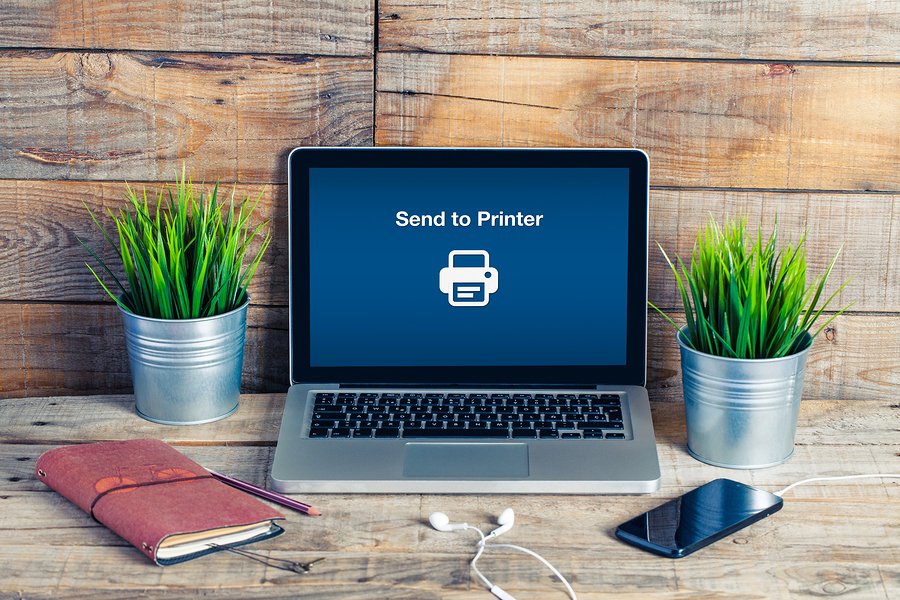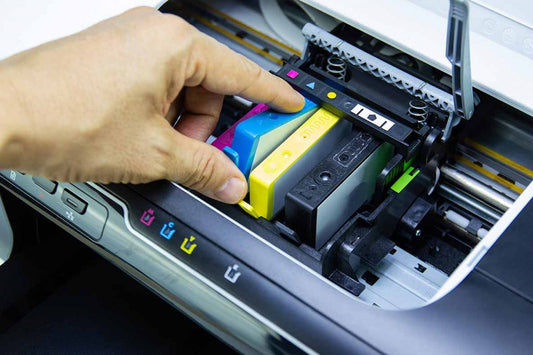You do not have to have deep technical know-how to fix some of the most common problems with printers. In fact, some can be cured simply by power cycling the printer or taking a look at your computer’s software settings.
Other times, you will not be able to manage the fix on your own, but investigating the problem at least allows you to be more specific when you do need to call a Las Vegas printer repair company.
So, to help you revive an ailing printer or at least detect the problem more accurately, try the following five techniques the next time your printer is on the fritz.
Printer Not Communicating with PC
If your printer is simply not accepting any print jobs, you can check the following simple fixes before moving on to the heavier guns:
- Make sure the printer is plugged in
- If the printer was plugged in, try unplugging it, waiting 45 seconds, then plugging it back in
- Check that the printer’s informational display does not have an error message
- If your printer uses a WiFi or Bluetooth connection, check the display for icons saying it is connected
If none of these work, you can go on your PC and check the print queue, which can be found in “Printers & Devices” settings through the search box. When you go into “Printers & Devices”, right click on the printer in question and then select “See What’s Printing.”
This feature will show you all the jobs lined up and also sometimes display error messages. You can take your next action based on what you find and also cancel pending print jobs you don’t need anymore.
Printer Says “Out of Paper” When It’s Not
This problem can be quite perplexing, but often it just amounts to the printer not being able to grab paper like it should.
Check that you are using normal 20 lb or 24 lb printing paper in the tray and not heavier stock like a 32 lb résumé-style paper. Many printer feeding mechanisms can handle heavy papers, but just not a lot at once.
Also check that the paper has been inserted properly and touches the back end of the feed bin. Finally, ensure that there are no paper jams to clog up the feeding mechanism.
Printing Is Streaky, Banded or Faded
First, check that you are not set on a low quality print on purpose by examining the print screen you used as well as the default settings used in “Printers & Devices.”
If your computer is not set to print poorly on purpose, you may have issues with your ink or toner. You can print a test page within “Print & Devices” by right clicking on the printer in question. This page will often unclog gunked-up cartridges.
You can also clean the printing heads with q-tips and alcohol, but be delicate and dispose of the waste properly to prevent ink going everywhere.
Printing Is Slow
A slow printer just may be an old device on its way out, but it could also possibly be fixed by updating your print drivers on your PC. You should also check to see that your print jobs are not set to a slower high-quality setting. You can downgrade the quality all the way to “Fast Draft” to speed up the process.
For slow wireless printers, remember that the greater the distance from the router, the weaker the signal.
Print Jobs Keep Going to Wrong Printer
You can change your default printer by going into “Printers & Devices” and adjusting the settings. You can also go to “Print Settings” in the program you are using to instruct it to take you to a print preview and printer select screen rather than pushing jobs out automatically.
Fix All the Bigger Issues with a Las Vegas Printer Repair Company
These fixes will work for minor issues, but if they do not then you will likely need professional assistance. Feel free to contact us at Vegas Ink and Toner for printer repairs in Clark County that use expert technicians to fix your problems for good. You can request a quote or give us a call at 702-850-7703 to start booking your printer repair today.




